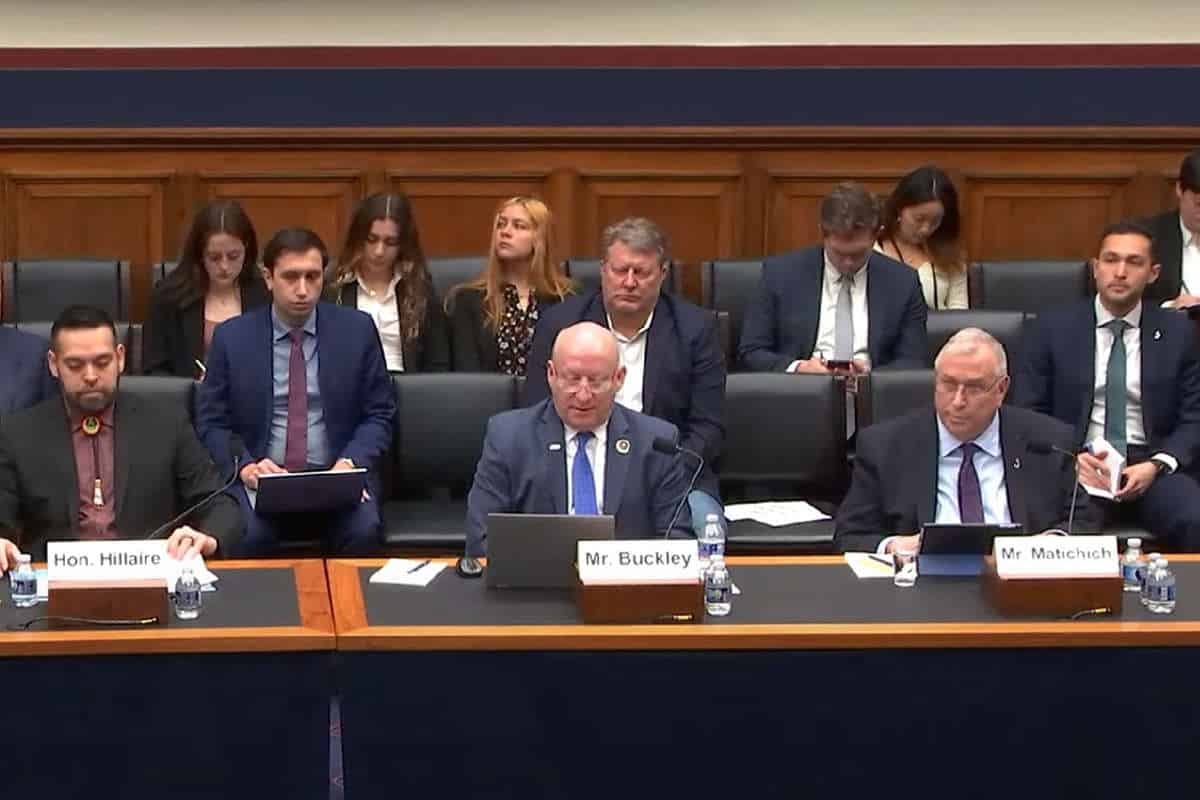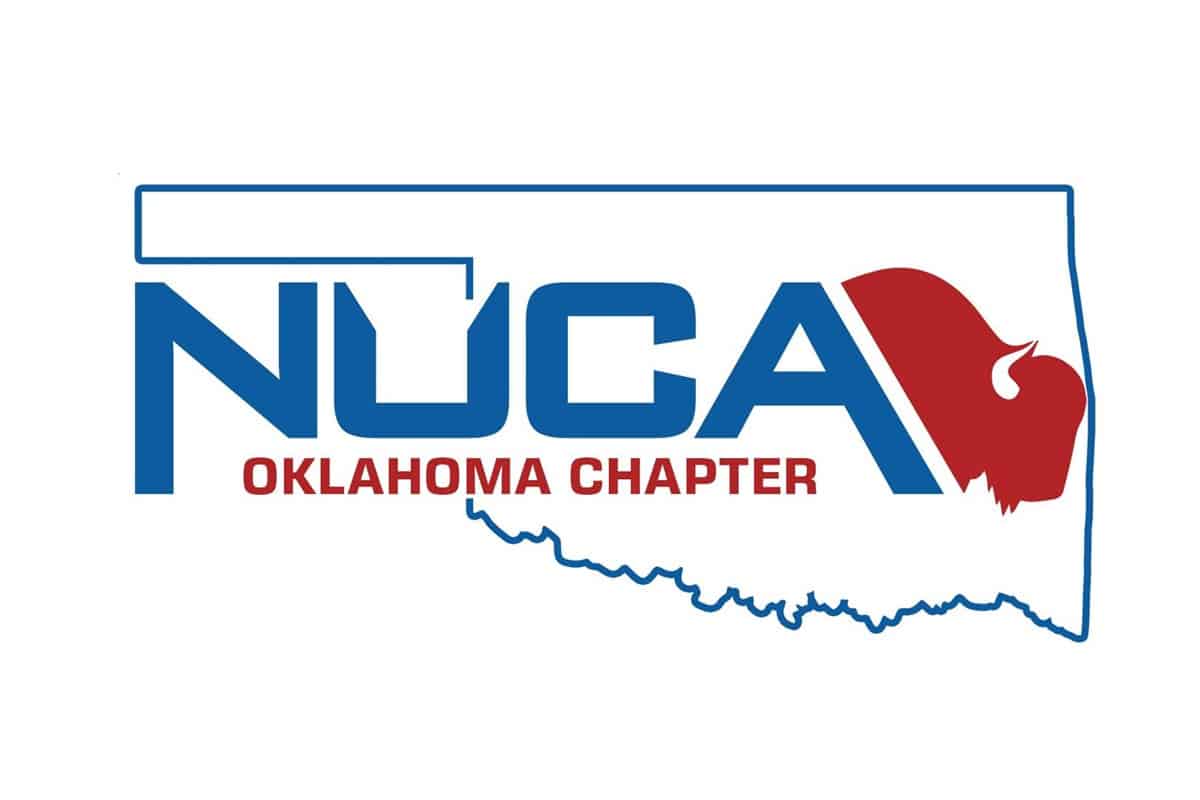Help Keep Our Message Alive!
 Well, folks, after years of hammering Congress and the administration about the critical need to fund water infrastructure programs, elected officials are finally taking notice.
Well, folks, after years of hammering Congress and the administration about the critical need to fund water infrastructure programs, elected officials are finally taking notice.
Money is starting to flow — particularly in the states, where elected officials have become painfully aware that infrastructure is falling apart under their feet. The Water Environment Federation says that most of the 1.5 million miles of pipelines that make up our drinking water and wastewater systems were built nearly a century ago, and most of those are failing. Our elected officials can no longer ignore the problem.
In 2009, the Clean Water Council released an independent assessment of the short-term economic benefits of replacing these systems that revealed that national investment in infrastructure has a large, positive ripple effect across the economy. We have given that information to our congressional representatives at the Washington Summit every year for seven years. And guess what? Senator Barbara Boxer sourced our study in comments she made at a recent Senate hearing in support of more infrastructure funding. She said, “The Clean Water Council estimates that $1 billion invested in water and wastewater infrastructure can create up to 27,000 jobs.” I was never sure that anyone would really take the time to look at our information, but apparently someone did. And now that legislators are ready to fight for more infrastructure funding, congressional staffers are looking for legitimate documentation to support their cause — and they found at least some of it in our materials.
Equally encouraging is information revealed at the Senate Environment and Public Works Committee Hearing on April 7 that focused on how the feds can keep water infrastructure affordable. In his testimony, Rudolf Chow from the City of Baltimore revealed the results of a WEF and Water Reuse analysis conducted at the request of the Senate Committee. The study looked at five states that represented a good cross-section of the country and the economic impact of SRF spending in these states. Although this program has either lost funding or remained stagnant for the last several years, having a new analysis of the economic benefits of SRF investment will hopefully provide more incentive for Congress to act. Unfortunately, SRF funding issues, as is nearly always the case, are largely political. You can read Will Brown’s analysis in his Inside Washington column on page 30.
Also in April, Senator Ben Cardin (D-Md.) joined with several democrats in introducing the True LEADership Act (S 2821). The legislation, through a combination of loans and grants, would inject more than $70 billion over the next 10 years into water infrastructure and lead relief programs. The Senate also recently introduced the newest iteration of the Water Resources Development Act, which has long been a NUCA priority and could see activity in the House or Senate this month.
Finally, on a personal note, I am saddened to report the passing of Ed “Whiz” Whisenant on April 20. Despite being ill, Whiz made the trip to Puerto Rico and participated in many activities. Most people had no idea he was sick. He was the same upbeat, engaging man that I have known for years. Whiz was a huge NUCA supporter and instrumental in the formation of our North Texas chapter as well as our newest NUCA chapter, NUCA Texas. I considered Whiz a personal friend and will miss him, his passion and commitment to our industry, as well as his contribution to our organization. All of us at NUCA send our sincerest condolences to his family, friends and colleagues. He will be missed.
Best Regards,
Jeff Rumer
NUCA Chairman of the Board
Underground Infrastructure Technologies




